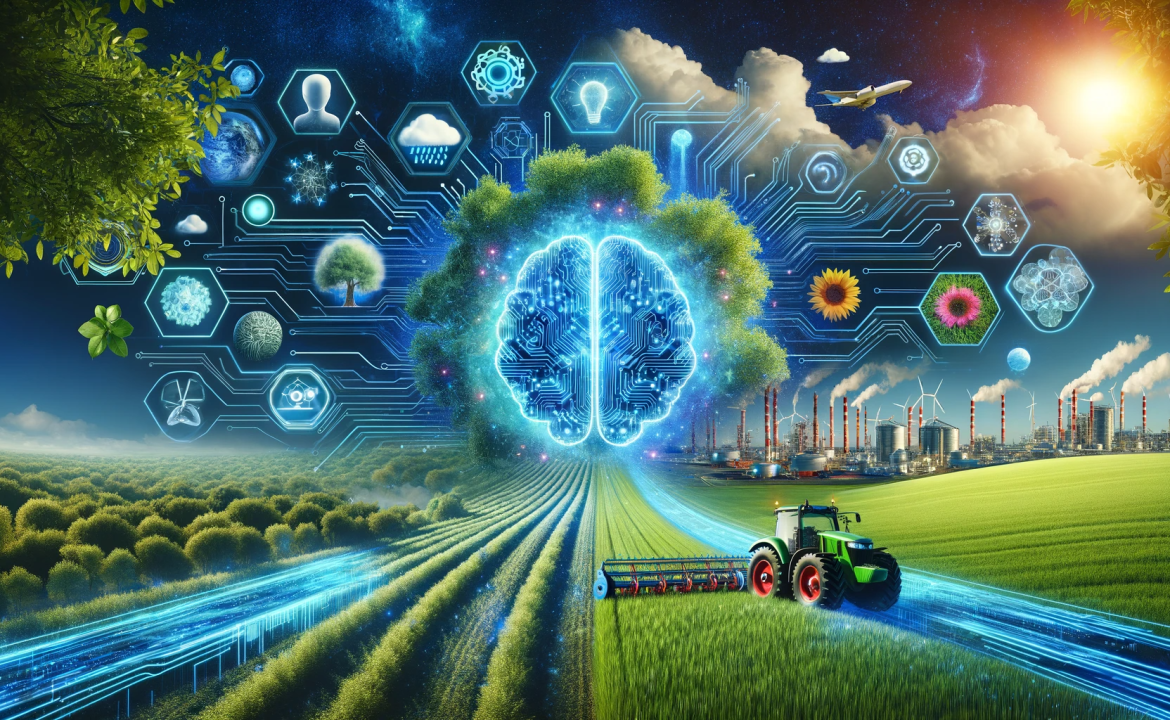Artificial Intelligence (AI) is shaping industries and driving innovation across the globe, but its growing influence comes with significant environmental considerations. Understanding the relationship between AI and the environment is crucial as we balance technological progress with sustainable practices.
How Does AI Impact the Environment?
AI systems rely on large datasets, complex algorithms, and powerful computing resources. While AI can contribute to environmental solutions, its development and deployment also have environmental costs that need careful attention.
Key Aspects of AI and Environmental Impact
Energy Consumption
Training AI models, especially large ones, demands substantial computing power, often requiring energy-intensive data centers. The electricity needed to process vast amounts of data contributes to greenhouse gas emissions, depending on the energy source.
Carbon Footprint of AI
Developing and operating AI technologies, from training to deployment, leaves a measurable carbon footprint. Studies have shown that training advanced AI models can emit as much carbon as multiple cars over their lifetimes, raising concerns about sustainability.
Resource-Intensive Infrastructure
The servers, cooling systems, and hardware required for AI operations consume significant resources and generate electronic waste. Responsible management of these materials is essential to reduce environmental harm.
Potential for Environmental Solutions
Despite its footprint, AI also offers powerful tools to address environmental challenges:
- Climate Monitoring: AI can analyze satellite images and climate data to track deforestation, pollution, and climate changes in real-time.
- Energy Optimization: AI can improve the efficiency of power grids, reduce energy waste, and support renewable energy management.
- Wildlife Conservation: AI-powered systems can monitor endangered species, detect poaching activities, and support biodiversity efforts.
AI in Sustainable Agriculture
AI helps optimize irrigation, reduce pesticide use, and improve crop yields through precision farming, contributing to more sustainable food production practices.
Ethical and Sustainable AI Development
To minimize AI’s environmental impact, several strategies should be considered:
- Green Data Centers: Shifting to renewable energy sources for powering data centers can significantly reduce carbon emissions.
- Efficient Algorithms: Developing lightweight and energy-efficient AI models can lower the energy required for training and deployment.
- Lifecycle Responsibility: Proper disposal and recycling of AI hardware can reduce e-waste and conserve resources.
Conclusion
AI has the potential to become a valuable ally in the fight against environmental challenges, but it also presents its own sustainability issues. Understanding and addressing the environmental footprint of AI is essential for responsible innovation. As AI continues to evolve, balancing technological advancement with eco-conscious practices will ensure that AI supports both human progress and the planet’s well-being.







Leave feedback about this